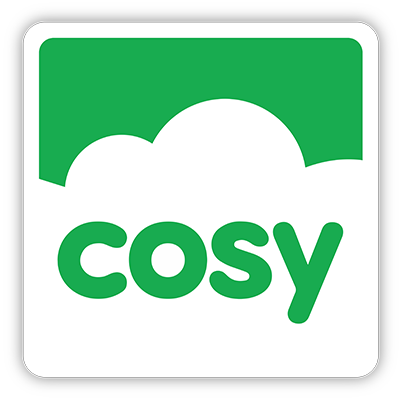Large Loose Parts: What can you create?
One of my favourite school memories is of playing on a large, wooden cable reel on our school field. We loved the challenge of balancing and walking as it rolled along and would keep trying until we got it right. It was risky play, but so much fun.
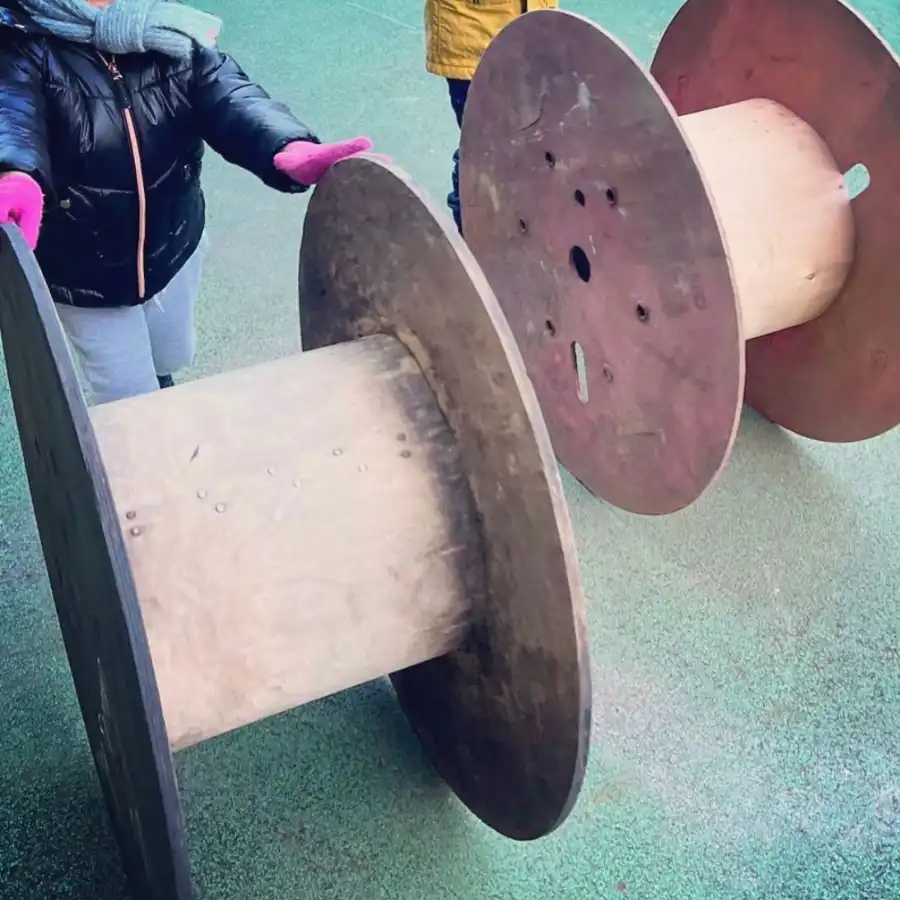
And that’s the beauty of large loose parts. They’re open ended and inspire children to try something new, persevere and to use their imagination. I love observing groups of children in our outdoor space as they create and imagine together, using large loose parts to build their little world of creativity. From using log slices as portals to other worlds, to creating a ‘pizza boat’ or ‘music house’, they can be anything that you want them to be.
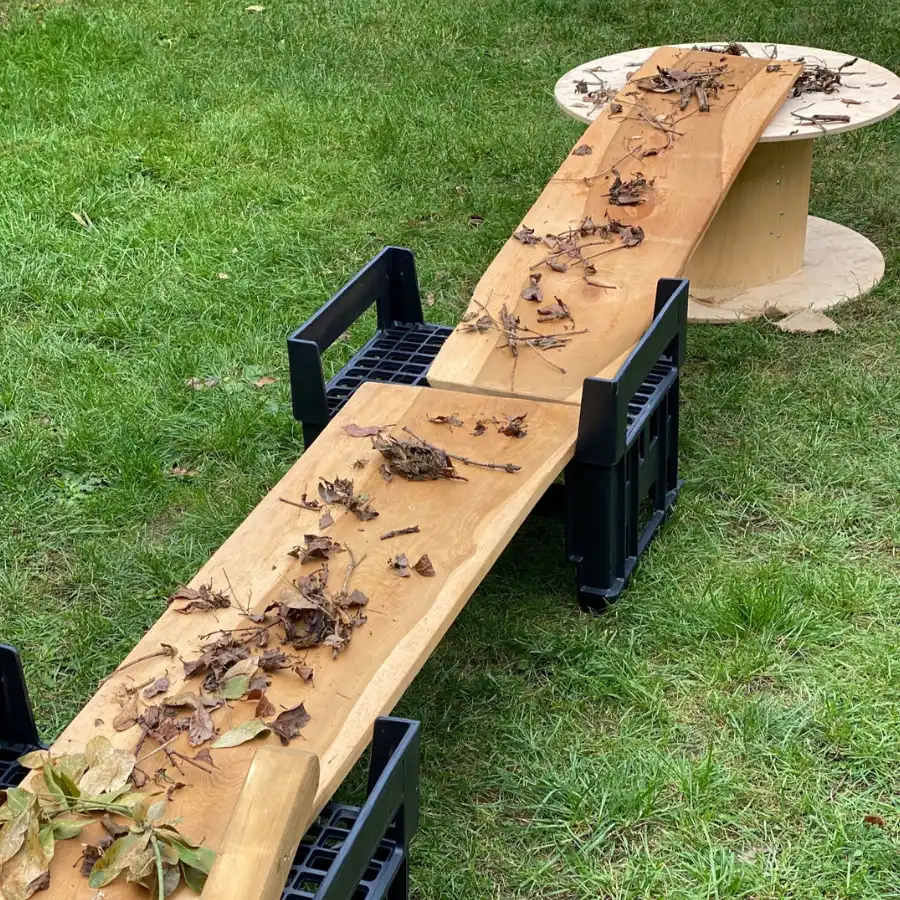
Large, free loose parts are out there and waiting to be collected. The first tip is to get your team on board and let them know what you’re looking for. Share this with your parents, staff, friends and family and ask around your local community and you’ll soon get everyone on board and asking if you want this or that, or telling you about something they saw down the street!

One person’s junk is definitely your treasure, when it comes to large loose parts. Here are some of our favourites that we have collected and regularly use in our setting and where to look for them.
Around the end of December and beginning of January, keep a lookout for bases of old Christmas trees. These are wonderful logs that are a lovely size to use in play. You might have to pull them off the base of an old Christmas tree so a top tip is to wear a pair of gloves to avoid splinters and dried tree needles. We use these as edging for our minibeast and bug hotel area and they’re the perfect size for children to turn over and find worms and other bugs.
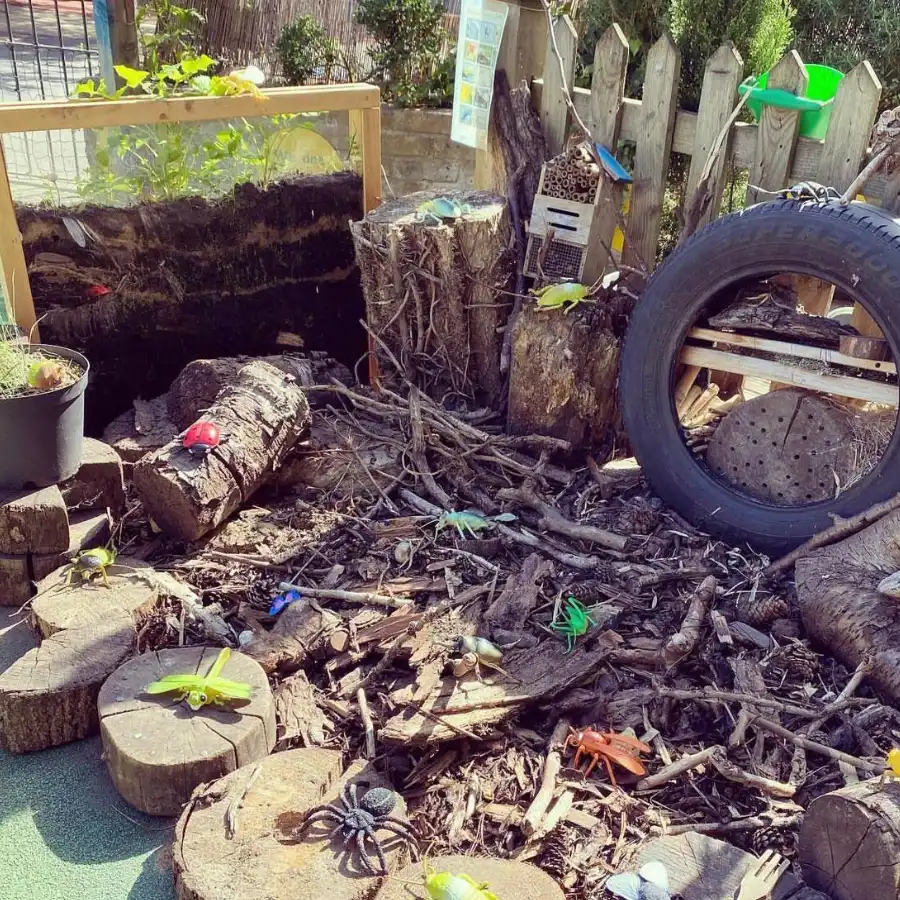
Tyres are another useful resource for both play and setting up areas in your outdoor space. Ask your local mechanics or garage if they have any they no longer need. Put a tyre in the sandpit and it adds a new dimension to sand play. Stack a few in a pile and put a tub in the hole or a piece of wood on top to create a mud kitchen work surface. They’re great for creating stone pits or just in play with big blocks to make vehicles. While you’re there asking about tyres, why not ask if they have any old steering wheels too. A real steering wheel is amazing to play with and quite hefty too, so great for developing strength while children play. Real resources are always a great way to spark curiosity and language with young children-they naturally will ask questions and want to find out about something real and new in their play environment.

Cable reels-as I mentioned from my childhood memories-are brilliant and come in many different sizes. They can often be found on the street and in skips. Keep an eye out in areas where building or street works are taking place, you’ll soon find a cable reel or two leftover! Ask at local hardware shops too. Cable reels are great for physical play-rolling them around if placed on their side. Children love to lie on their tummies over the centre part and rock back and forward which is a lovely sensory input activity. Use them for building-alongside big blocks and other construction type loose parts. They’re also great as a versatile table that can be moved anywhere-in summer we used used a larger one as a painting station with watercolour paints, next to our garden area. Another top tip is to paint the top of a cable reel with chalk board paint to inspire some outdoor mark making.
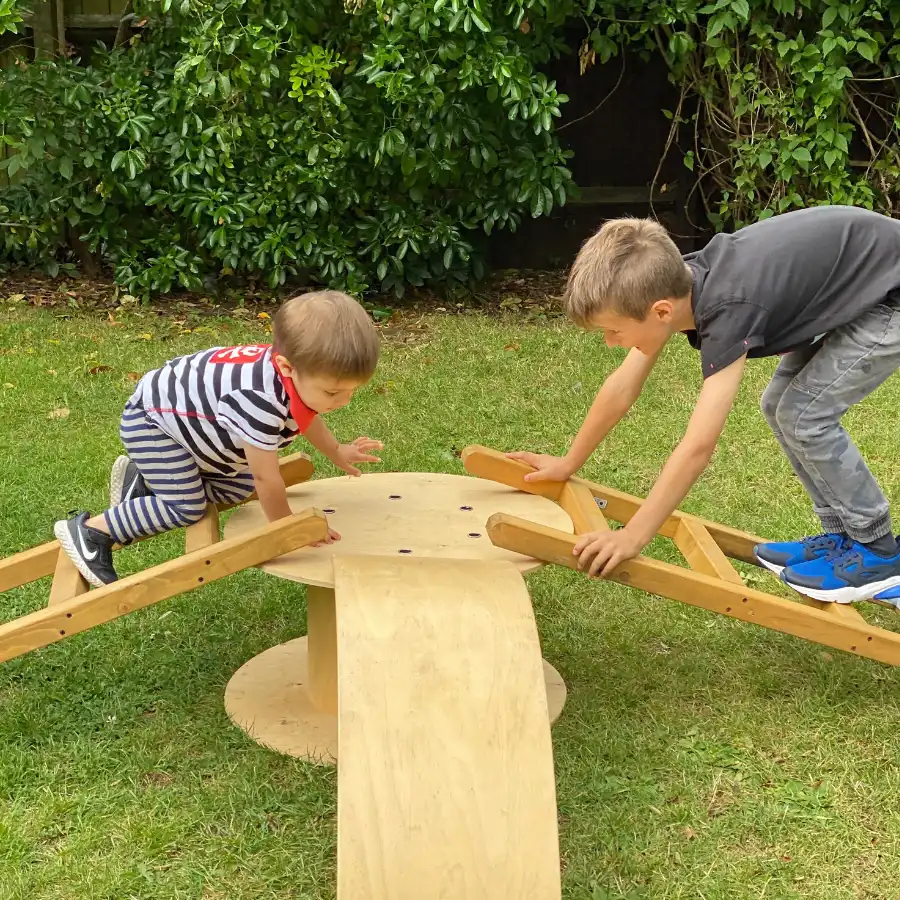
If you work in a setting where there is any sort of large-scale food preparation taking place, then chances are, the kitchen will be purchasing food in large tins. These are amazing and so open ended. Ask your kitchen staff to save them for you and then give them a good clean, peel the labels off (get the children to help-a great fine motor activity) and check there are no sharp edges. If there are-use a pair of pliers to flatten them down. Always make sure (as with any loose parts) that there are no sharp edges or bits poking out. Large tins can be used both inside and outdoors. They make great storage if you add labels, for smaller loose parts (conkers, pine cones…) and also for paper and mark making materials. Large tins are great for stacking and adding to construction areas. Children will find all sorts of uses for them and often just love using them as a way of transporting smaller resources around the setting. They can easily have hole punched on the side to hang up as storage, or nail them straight onto a wall. If you can find some pallets, these work really well.
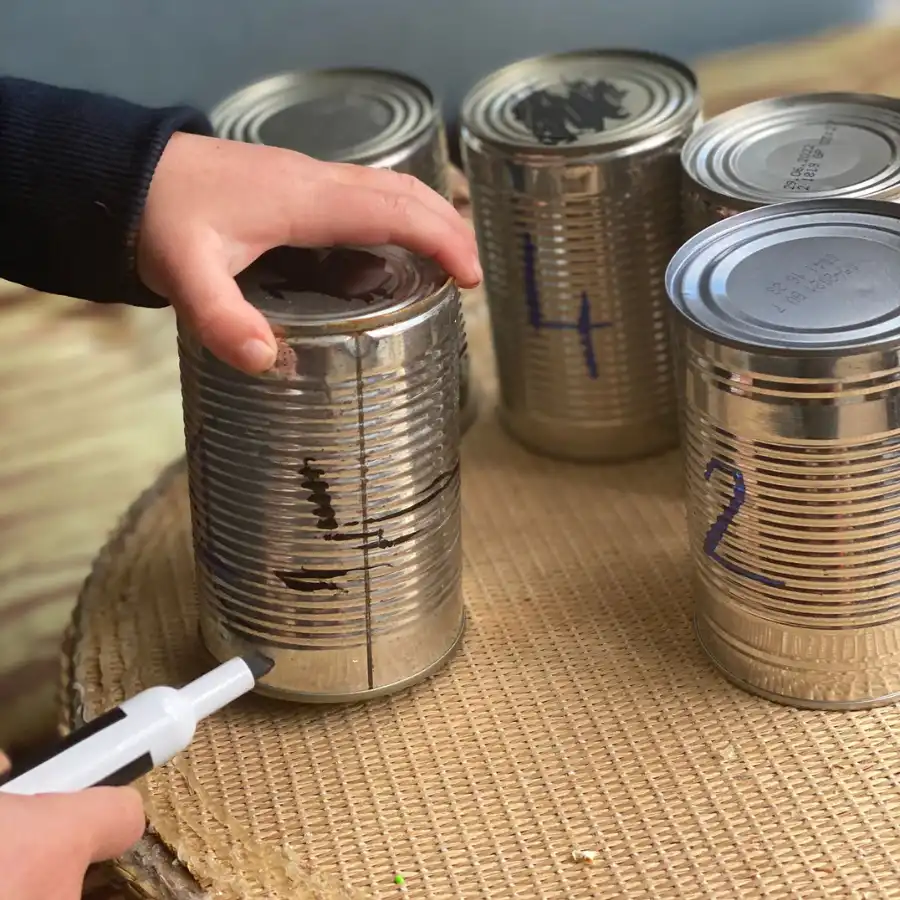
Which leads on to pallets. These also come in many shapes and sizes and can be used for setting up defined areas, as tables or raised surfaces or just as a base to play on. They’re great for attaching tins or metal baskets, to create areas such as mark making or art. Make sure they are safely secured if they are standing up and use some sandpaper to smooth any splintery edges. Once you start looking out for large loose parts, you’ll start seeing pallets everywhere. If you’re in a bigger setting, let your site manager know as sometimes deliveries come on a pallet which is brilliant as you then no longer need to go dragging them down the street or piling them into the back of your car. We used a narrow pallet and some plastic crates that we found on the street, to create a painting bench that was all completely free of charge and upcycled.
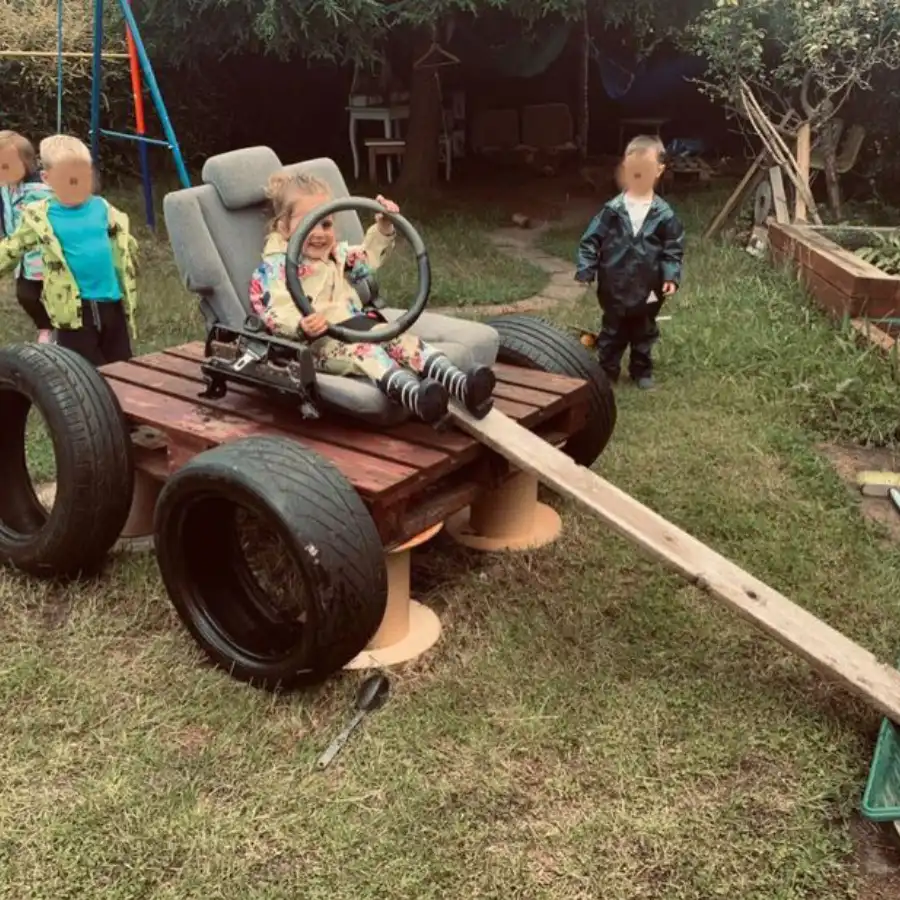
Plastic crates are also something you’ll often see on the street or you may even get them as part of a grocery delivery. Some grocery stores will let you keep them for free so always ask! Crates are a great addition to a construction area and can be used either to sit in or turned upside down, as a base to build on. You can use stronger ones to set up an area. We have some in our mud kitchen with wooden planks on top as a kitchen bench. You could even screw some lids in row on the side as knobs for a cooker. Put some crates in a row and add a steering wheel to the front crate and you have a train, bus, boat, plane or anything that children can imagine they are travelling in.
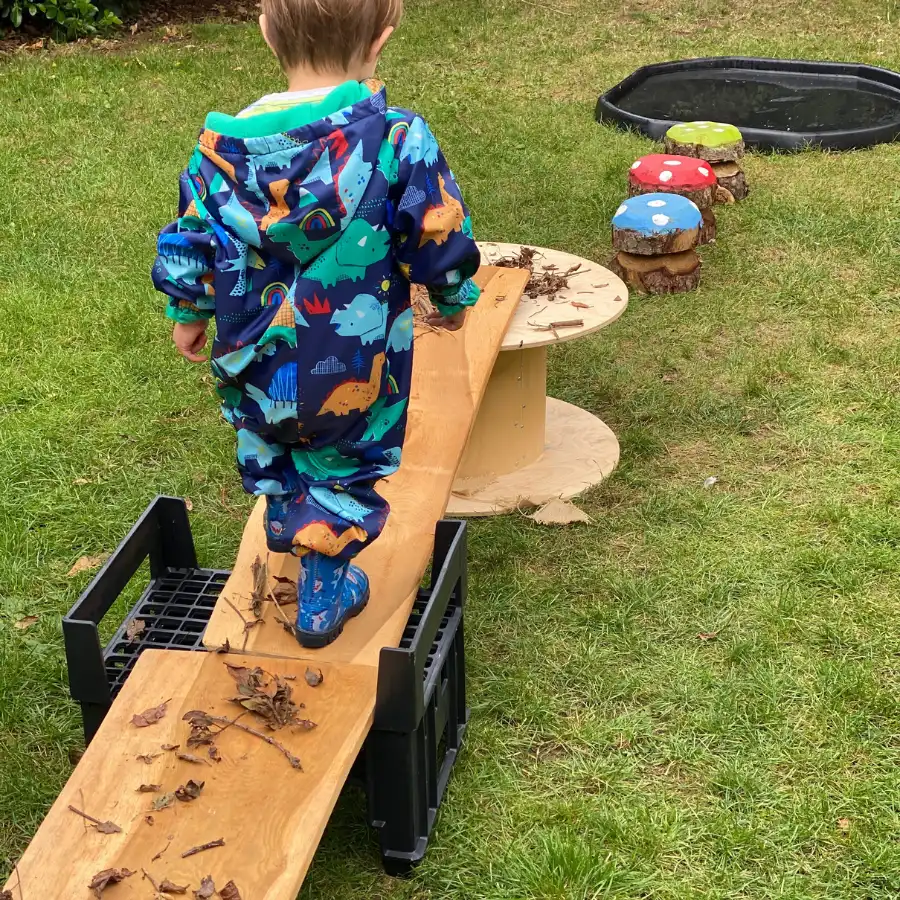
Wooden offcuts are another resource you’ll find in any area where there has been some building work happening. Either snoop around in skips or even just go and ask directly. A top tip is to always have a spare, large tote bag with you when you’re out for a walk. I once saw some people building and there were lovely triangle shaped blocks of wood all over the ground where they were working. They were more than happy to fill up my tote bag for me. If you have a woodwork area, then this is a great way to keep a good supply of wood pieces. They make great loose parts too, just use sandpaper to smooth any potential splinters and store them in a basket, crate or on a shelf.
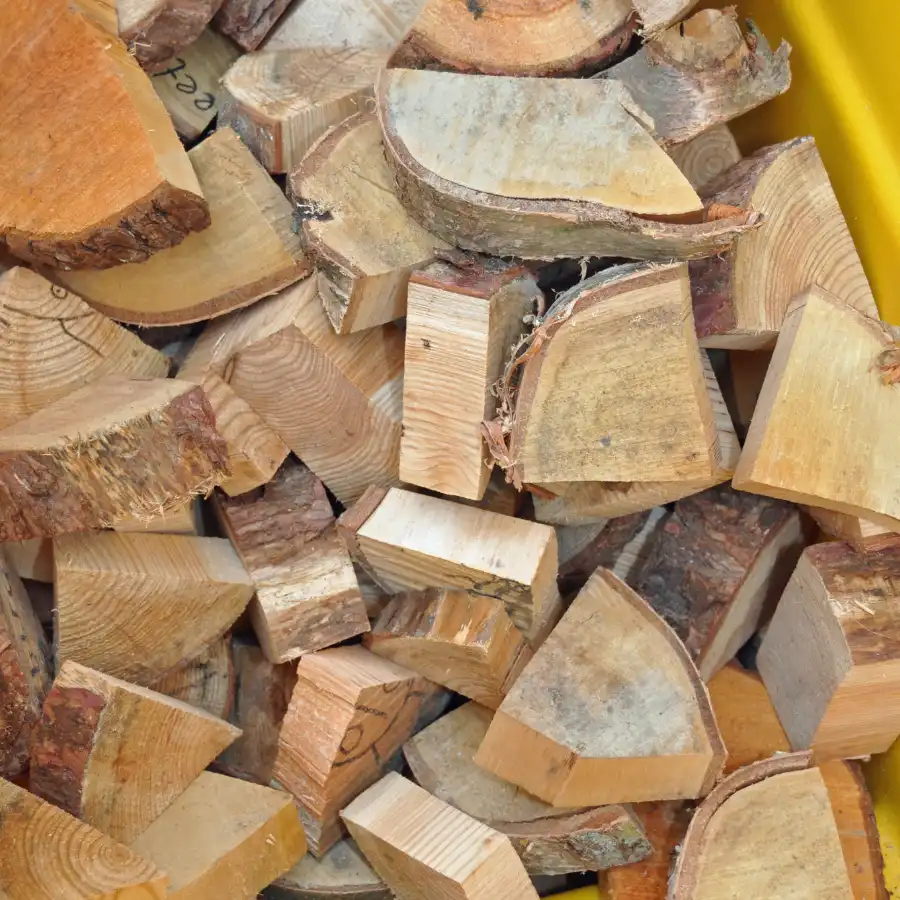
Tubes are something you can often find on the street, in a skip or building site. Plastic tubes can easily be sawed into different sizes (again, use sandpaper to smooth the edges) and are great in sand and water areas. They also make a great open-ended addition to construction play. Tie a piece of fabric on the top for a flag.
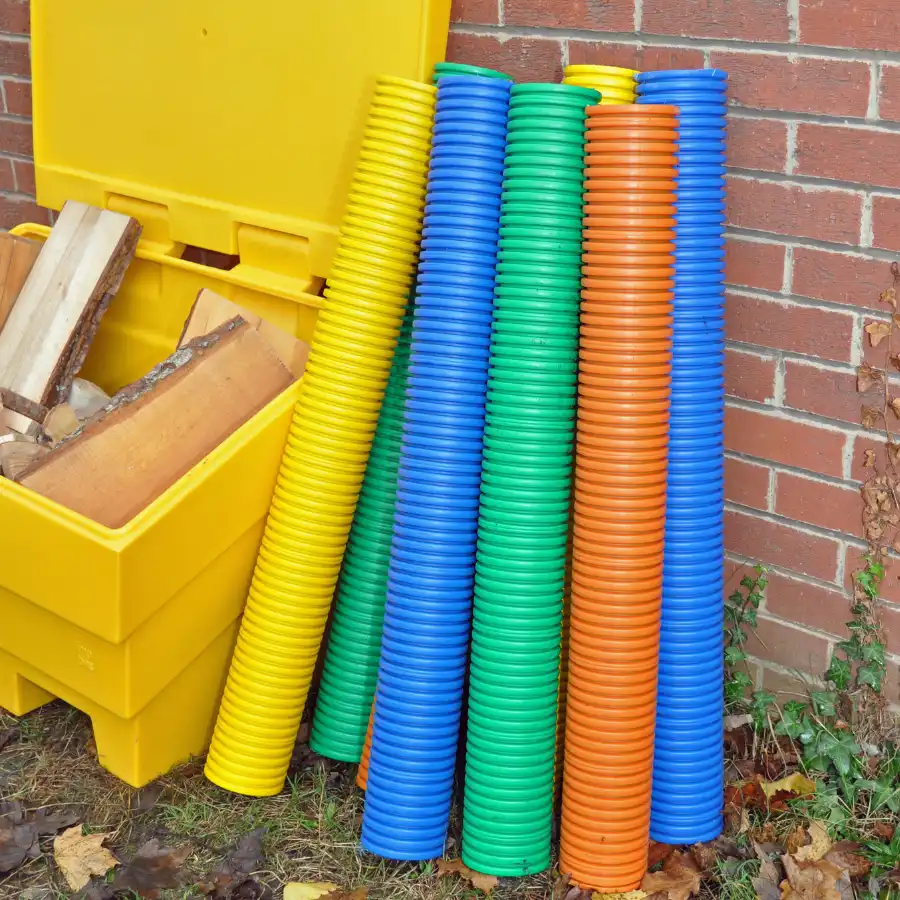
Fabric is a great loose part and can be used outdoors and inside. Large pieces outside are great for dens or even dressing up. Provide different lengths and widths to open up the possibilities. Use old sheets or ask around for any fabric pieces that people no longer need or want.


Sticks and logs are a really simple and easy resource to find. Simply gather up a bundle of sticks and store them in a large tin or basket and children will find a use for them. They are so useful in the mud kitchen for stirring, or in the sand area. Driftwood is amazing if you are near the coast or a river. It’s very light and this makes it easier to saw into smaller logs and pieces too.

Bricks and stones are a wonderful real resource for children to use in their play. Add a few bricks to the sand area and see what children do with them. If you’re reading ‘The 3 little pigs’, it’s always good to have some real bricks available. Yes, they’re heavy and with any loose parts, there is an element of risk. But this with these experiences, children learn to safely manage risk which is a valuable life skill. Building sites are a good source for some bricks. Stones are great if stored inside tyres so they have a designated area to be tidied away.
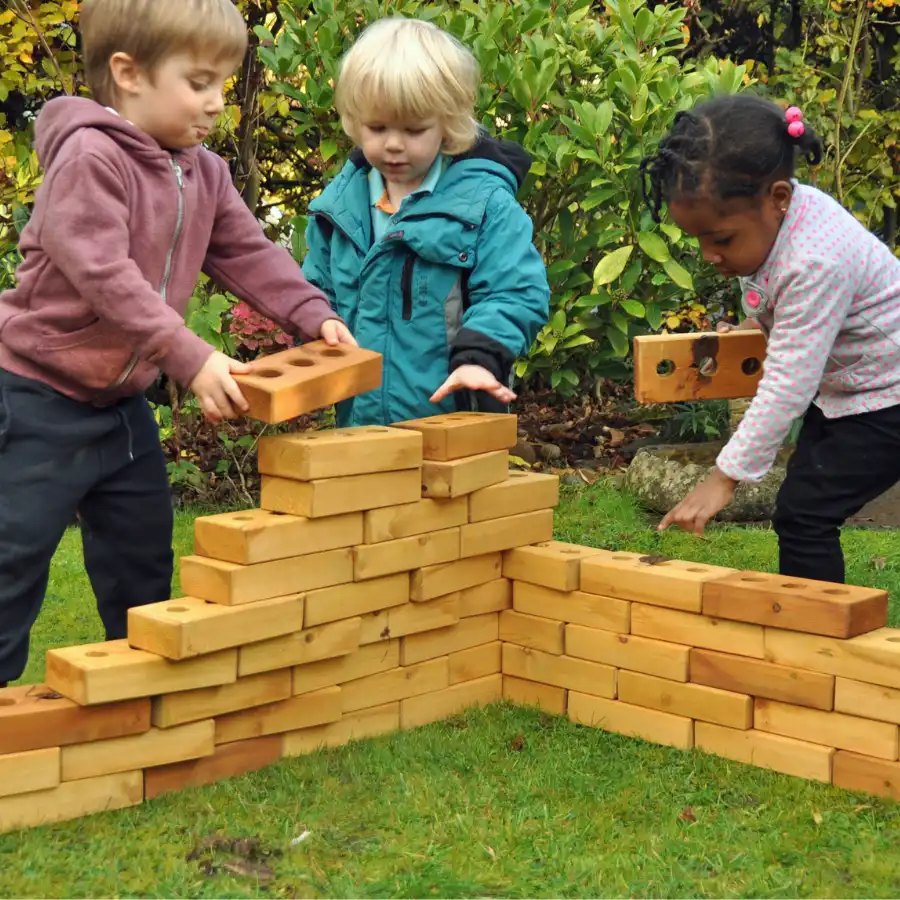
Always be on the look out when you’re out and about and ask others to do the same too! Keep a large tote bag with you and you’ll always have something to carry your lovely, new loose parts back to your setting with you. Don’t be afraid to ask around, loose parts are out there and just waiting to be found.
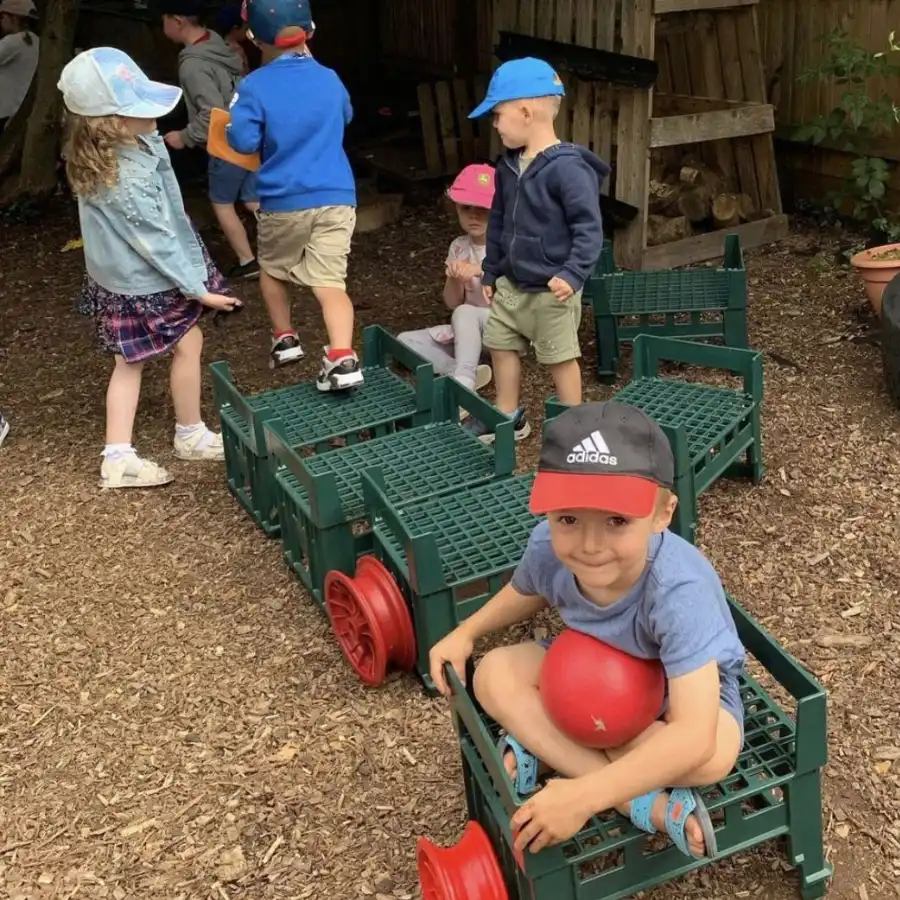
We hope you enjoyed our blog post, don’t forget to share your loose parts activities with us on our social channels!
Facebook: https://www.facebook.com/cosydirect/
Twitter: https://twitter.com/cosydirect
Instagram: https://www.instagram.com/cosydirect/
With thanks to Juliana Nkoana for this blog post
Our Favourite Large Loose Parts
